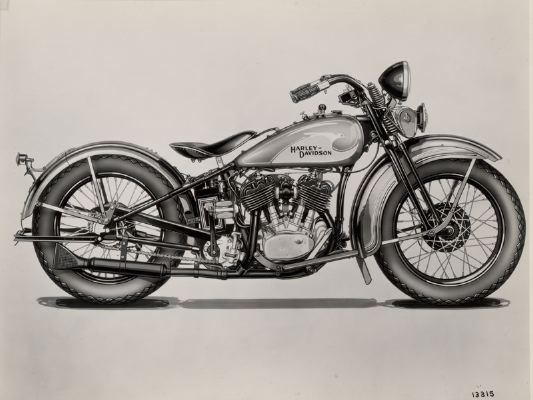How the HOGs rebuilt an iconic brand through community
Posted by Janice Scheckter on 05 May 2016, 04:05 CAT
In 1983, Harley-Davidson faced extinction for the second time in 20 years. Twenty-five years later, the company boasted a top-50 global brand valued at $7.8 billion. Central to the company’s turnaround, and to its subsequent success, was Harley’s commitment to building a brand community: a group of ardent consumers organised around the lifestyle, activities, and ethos of the brand. 
In a global climate of tumultuous uncertainty, people want connection. Businesses that recognise the value of the asset that is community include the likes of Lugnet (Lego), Starbucks, SAP and Oracle. Research shows that branded communities not only drive greater reach, but also add value at the other points of the user journey, such as encouraging conversions, or improving existing customer relationships.
At the core of communities driven by business, is a set of principles that include feedback, advocacy and support. When we talk about communities to customers, the forward thinking group understands the potential value of the asset almost immediately while others fret over issues such as the community rallying around negative brand reviews and comments. If negative customer commentary is the concern, there are very possibly brand issues beyond community. Smart brands, including those where potential customer dissonance is present, understand the value of engagement that in some cases has evolved to co-creating brand solutions.
In the case of Harley Davison, in the 80s, when bankruptcy was threatning, in many US towns, Harley riders brought with them highly negative perceptions. As the Harley run roared into town, the locals feared that gangs were invading their neighbourhoods. For Harley Davidson, it was not just a case of the brand extending its iconic status among new audiences. Harley Davidson had the task of changing brand perceptions more broadly.
Harley’s bosses chose Muscular Dystrophy as a global cause and continued to drive the agenda. Many Harley rides are under the banner of this sponsorship. Today Harley appeals to a broad audience from blue-collar workers through to those who occupy the C-Suite.
Communities rarely happen without the leadership team truly understanding and immersing themselves in the brand. The connection Harley’s leadership has with the brand has been described as visceral. They all ride Harleys and ride with the customers.
Harley understands that a strong impassioned community builds the brand in every way – including on the balance sheet.
Janice Scheckter is a collaboration activist and HOG wannabee (and MD of Indigo New Media)
Sources
Storify.com/omar kattan
Harvard Business Review
Brand Stories.net Omar Kattan